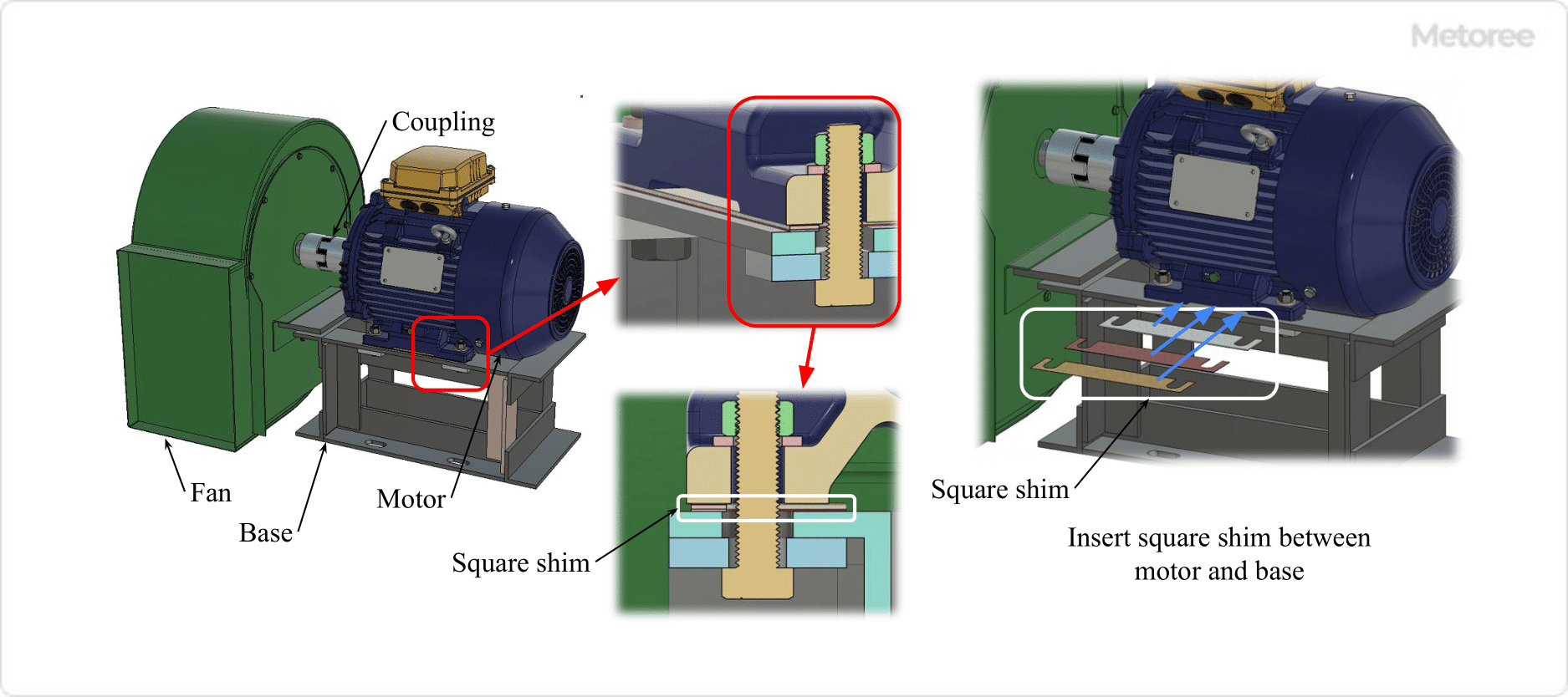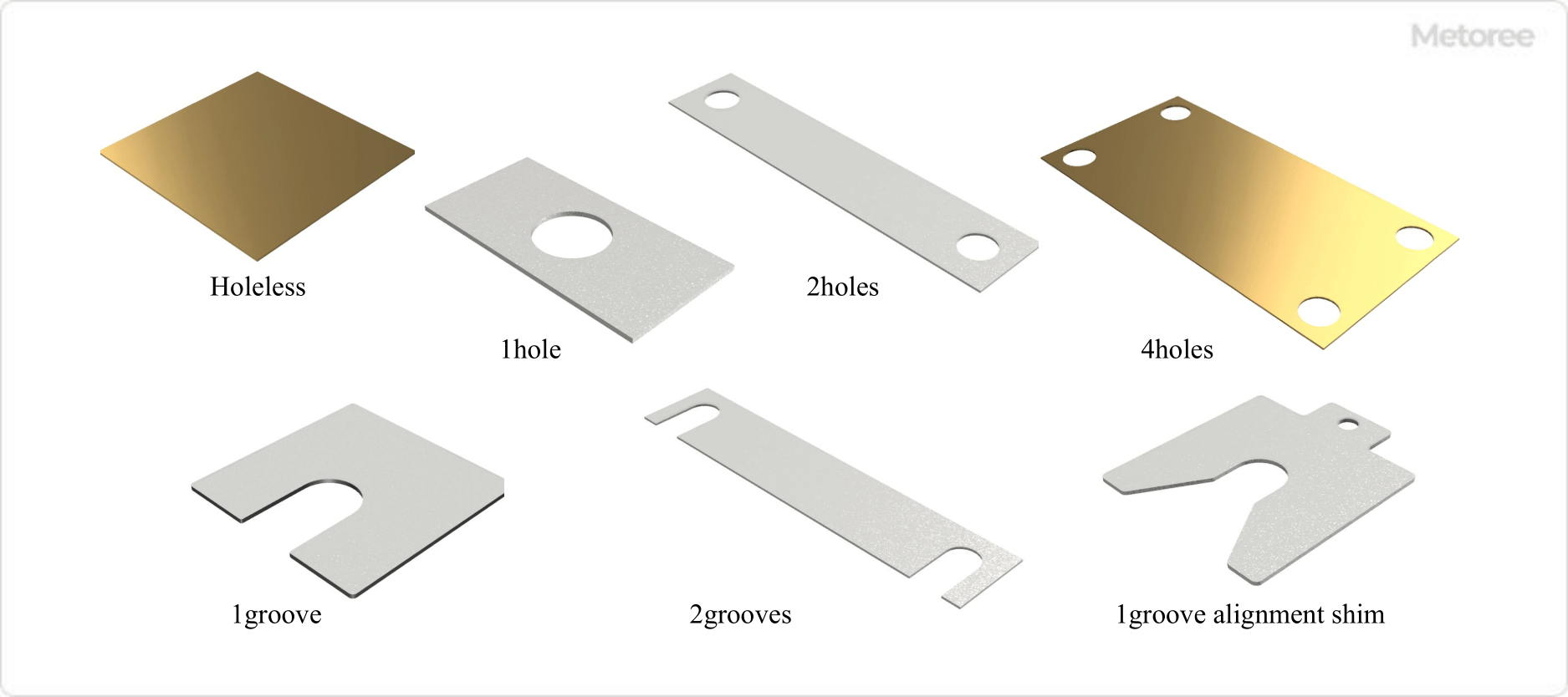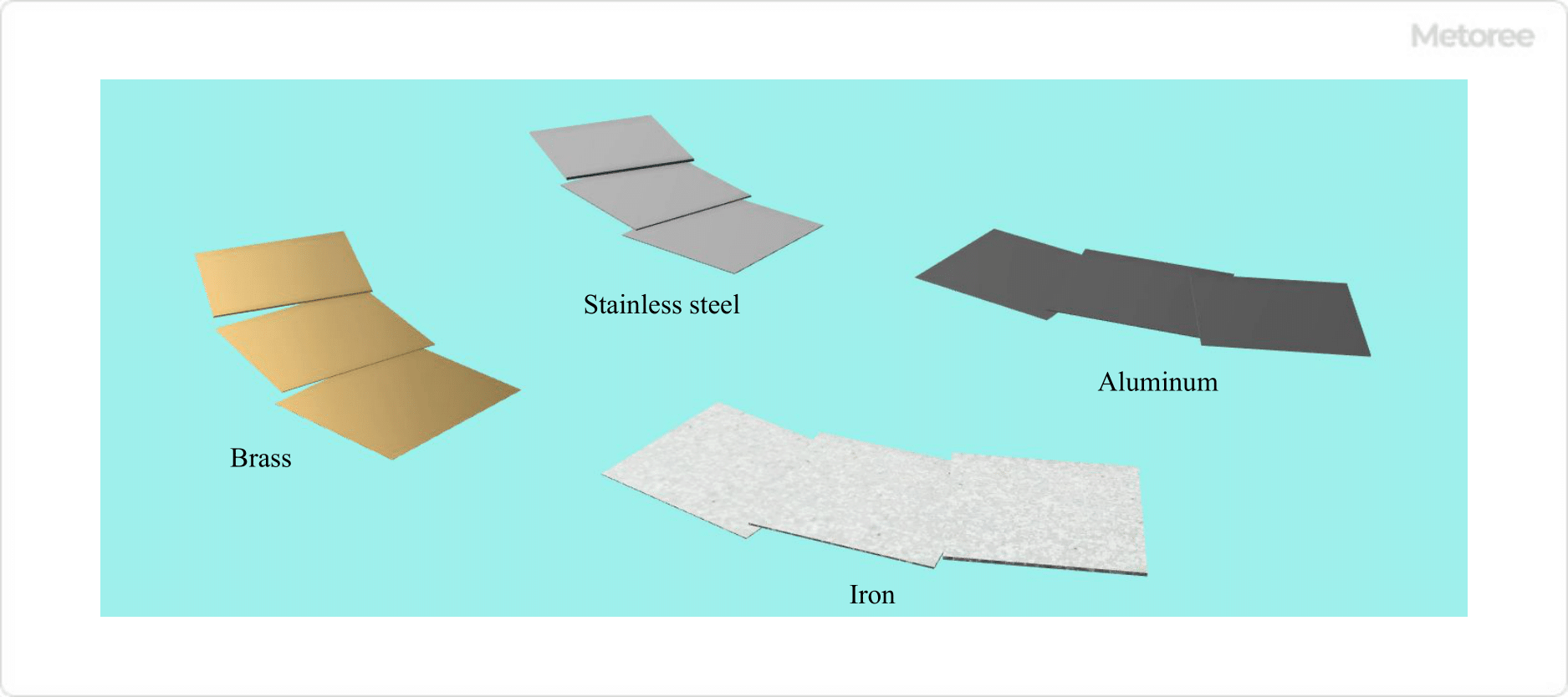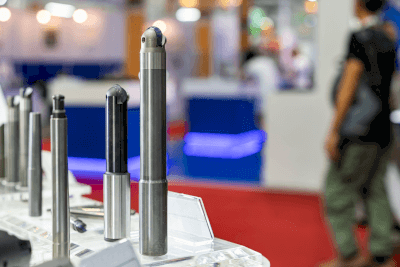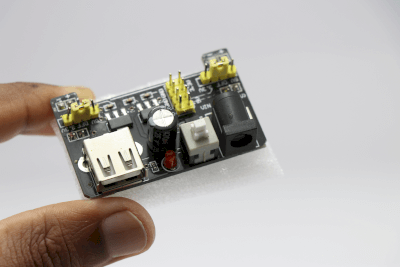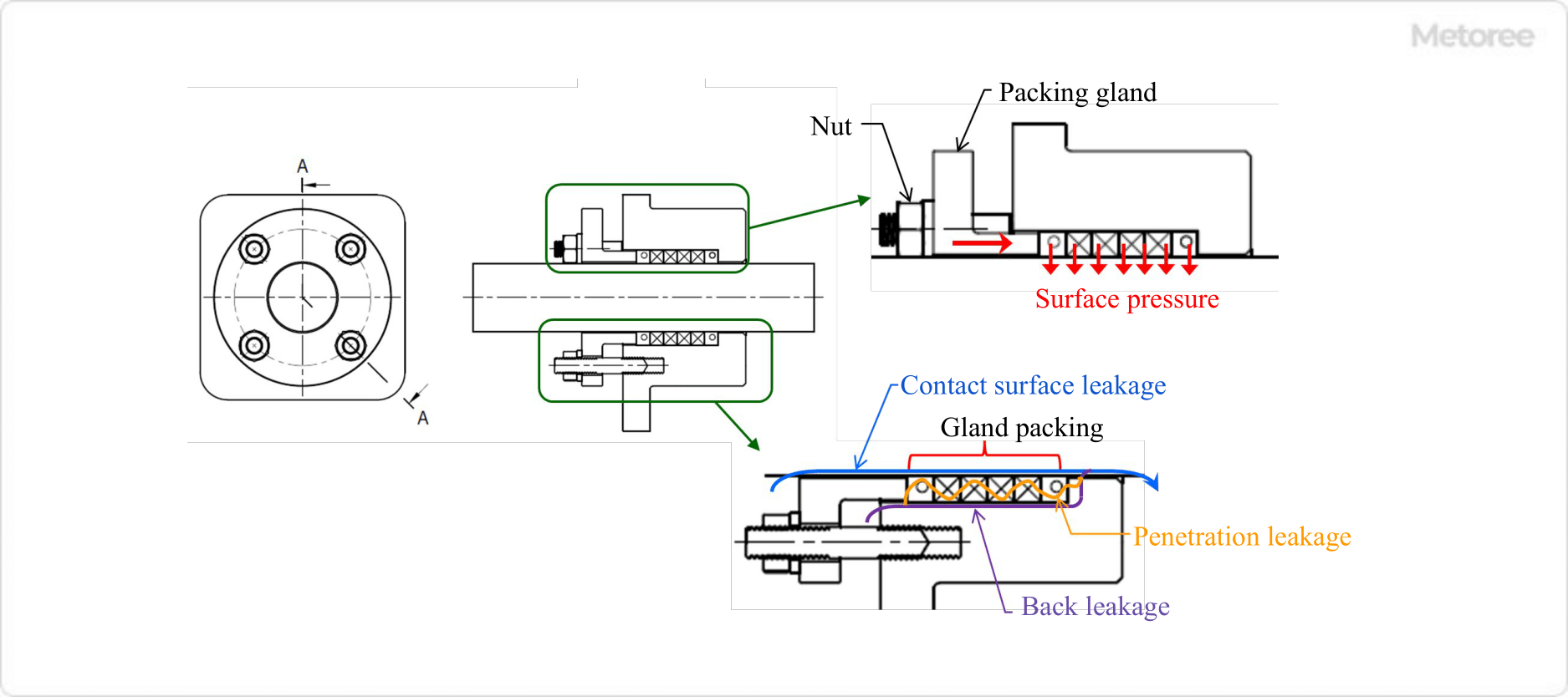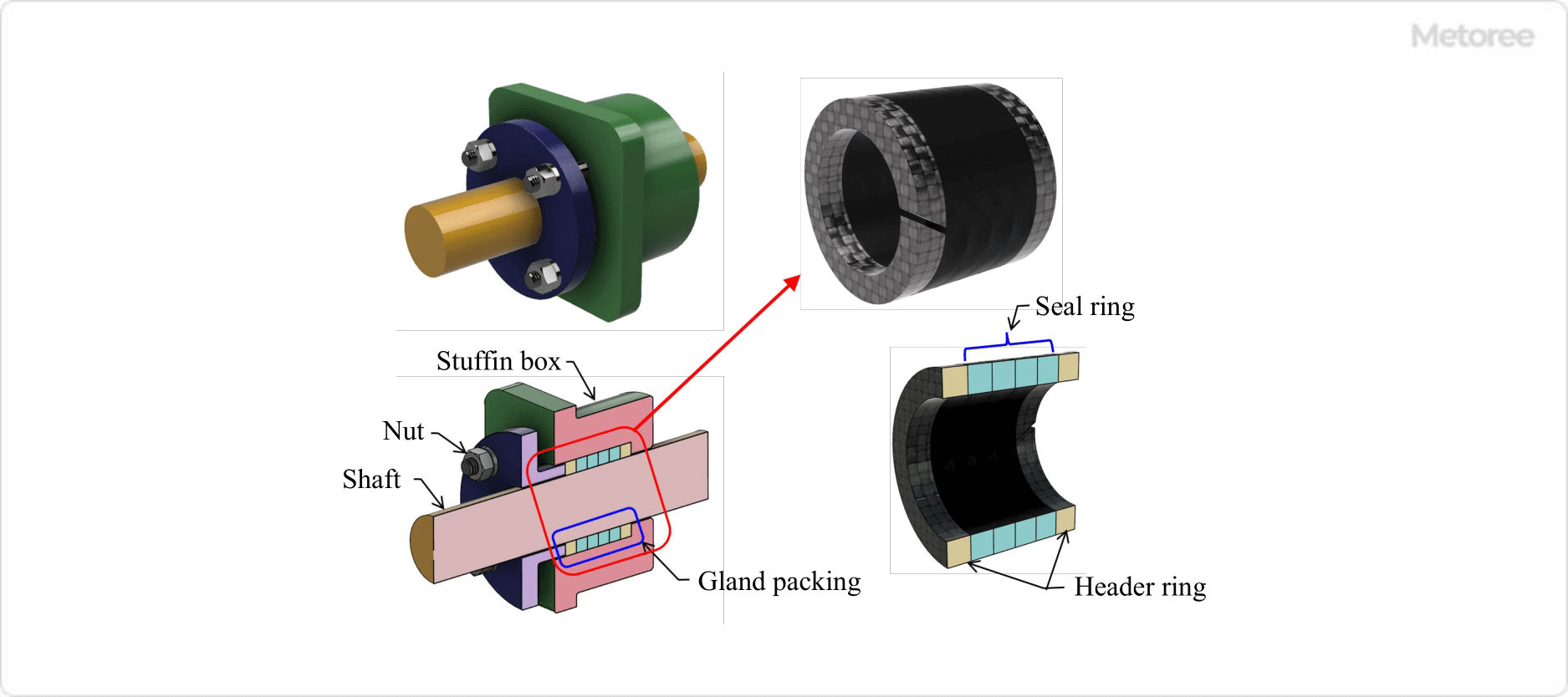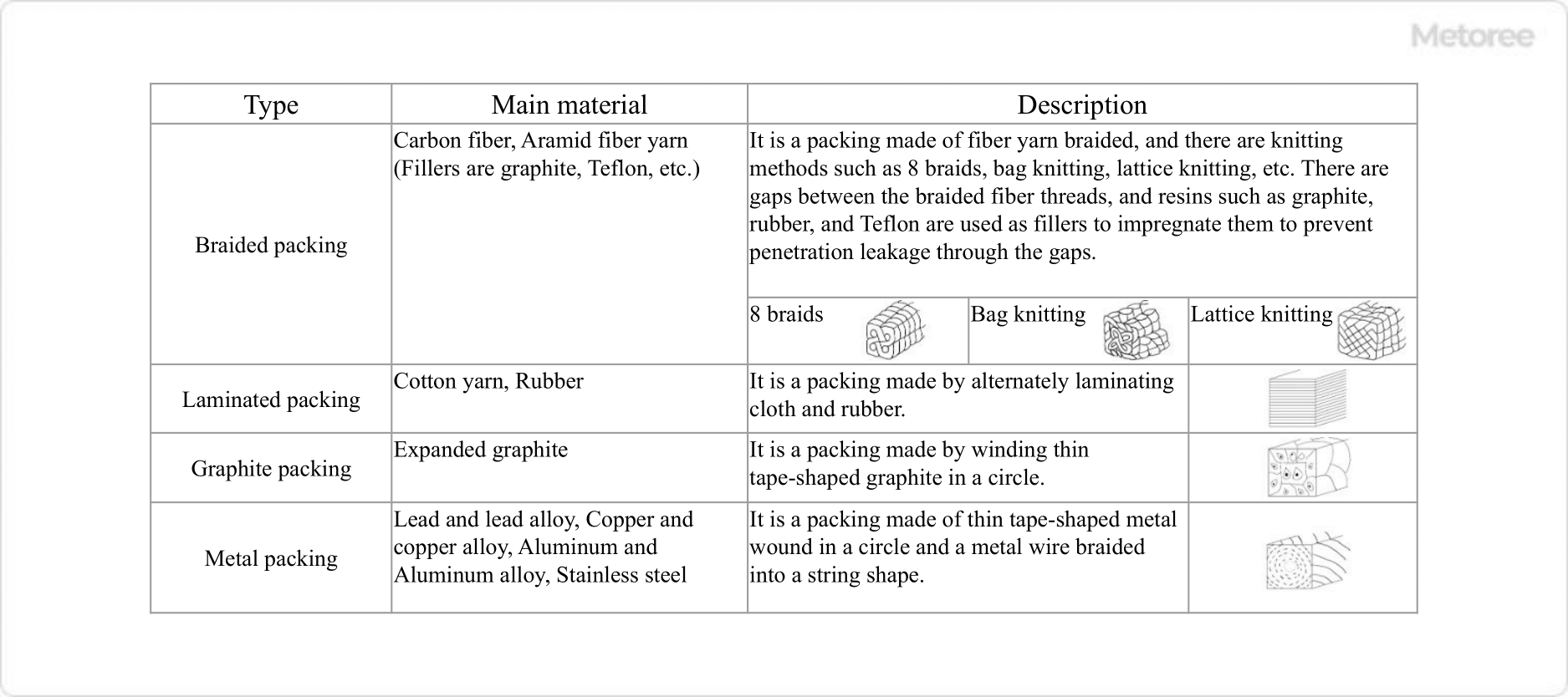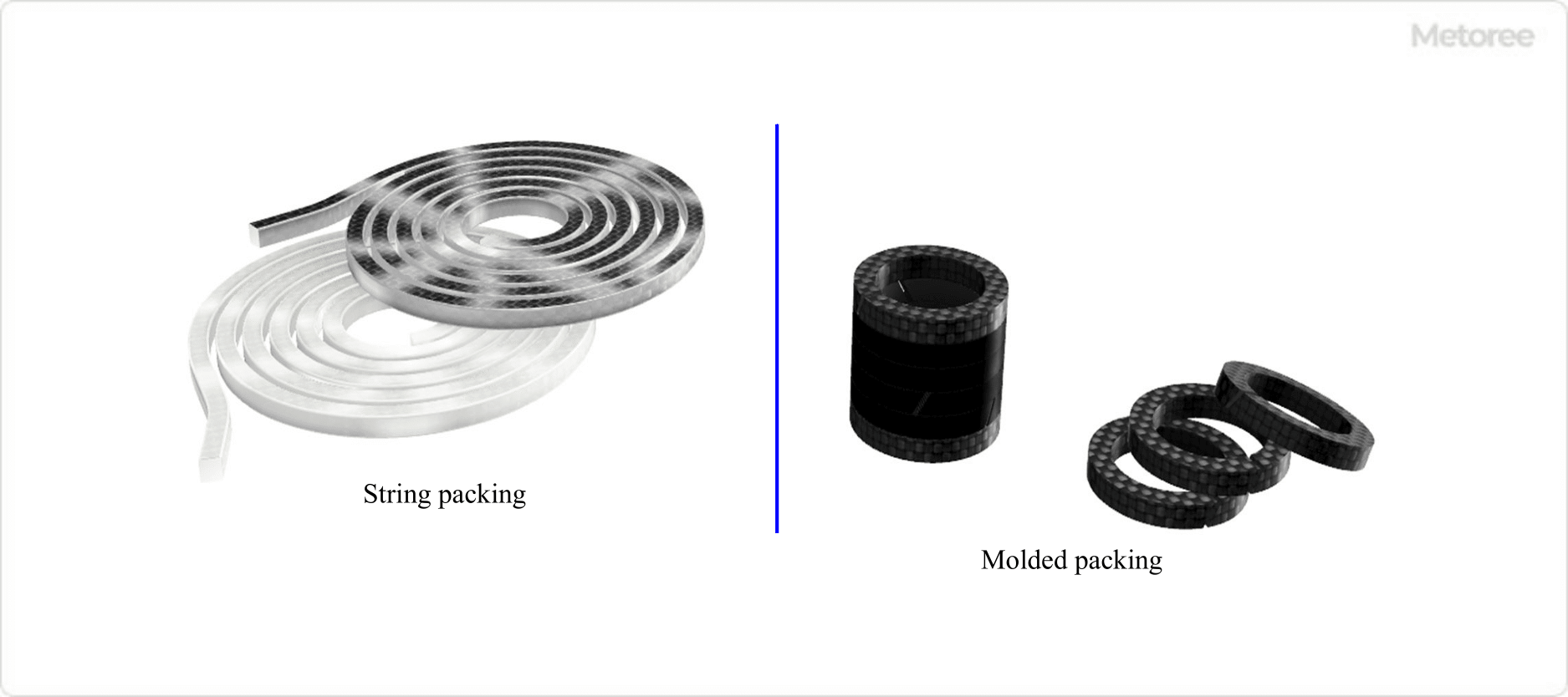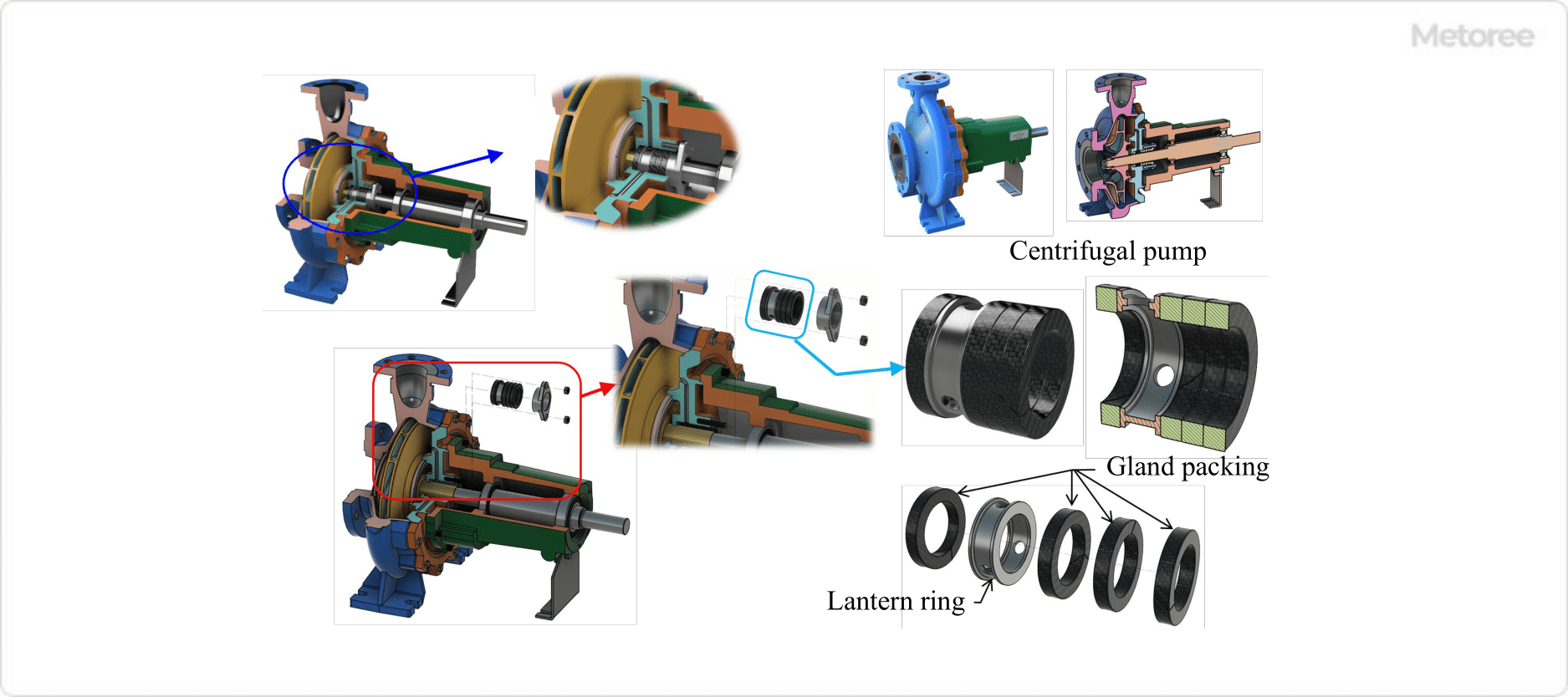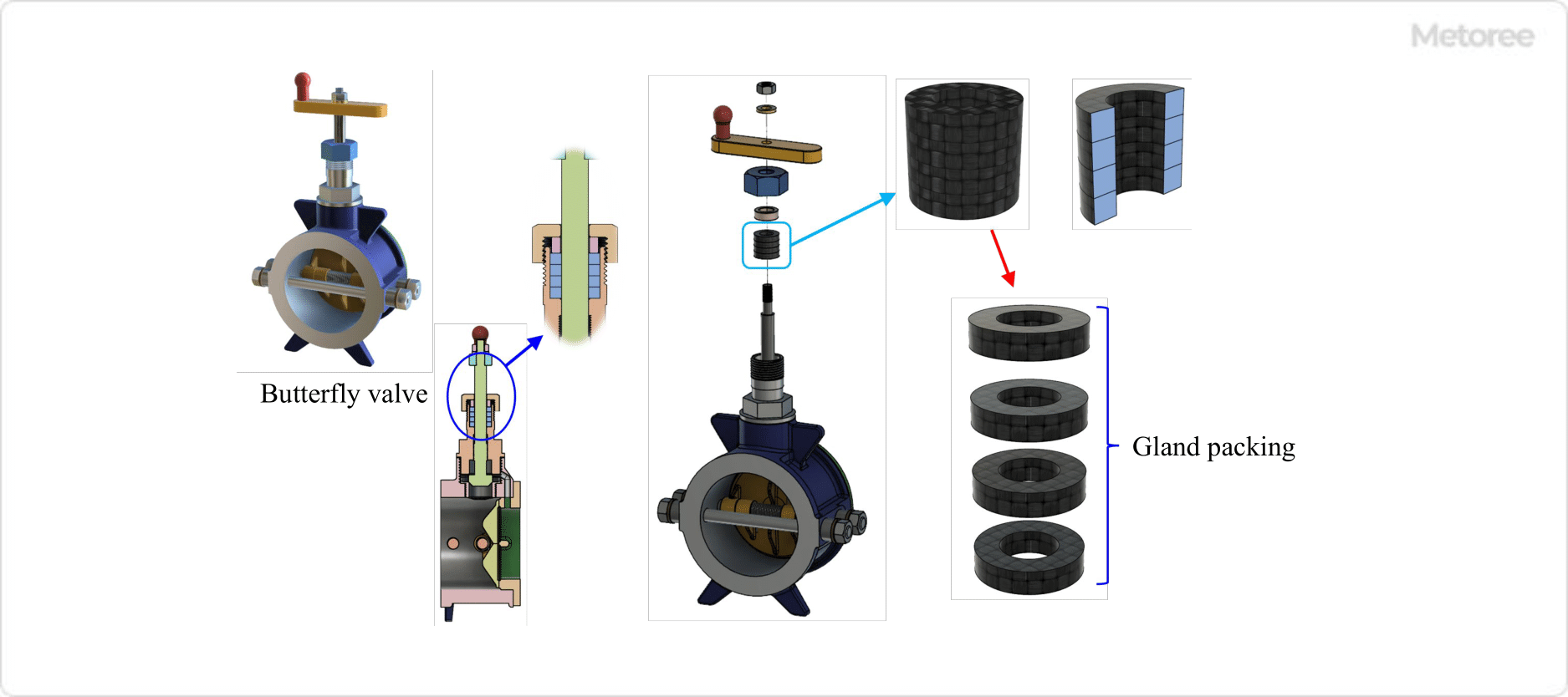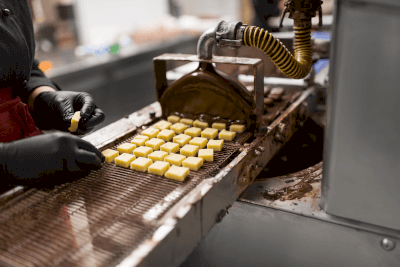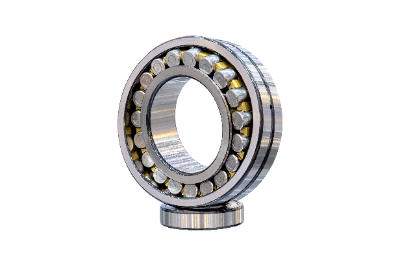What Is a Power Op Amp?
A power op amp (power operational amplifier) is an electrical component based on an op amp, which is a general-purpose analog circuit, especially in the role of an amplifier.
It is an integrated circuit (IC) used in amplifiers that requires high power according to the needs of the times. The original op-amps are ICs that originated from the 741 series released by Fairchild Corporation of the United States in 1968.
Power op amps are rarely used as stand-alone amplifiers, but are often connected with resistors and capacitors.
Uses of Power Op Amps
Power op amps are mainly used for amplification circuits requiring high voltage and high current to drive large motor drivers, servo controllers, electromagnetic actuators in factory automation equipment, and large speakers in audio amplifiers.
Other applications include measuring instruments and sensor circuits. The OPA541, a general-purpose IC from Texas Instruments that is often used in power op amp ICs, supports a wide range of supply voltages from ±5V to ±40V and operating temperatures from -40°C to +125°C. It can also be used with a high current of 5 A. This wide dynamic range supports a variety of uses of this IC. This wide dynamic range supports a variety of applications.
It can also be connected to low-voltage logic circuits. When using this IC, a heat sink is required for heat dissipation, and when handling high power, it is essential to pay attention to the load impedance.
Principle of Power Op Amps
The principle of a power op amp is that a boost circuit consisting of a transistor with a large size to handle high power is added to the output stage of an op amp, which is a general-purpose analog circuit, as well as protection circuits unique to high power, making the op amp suitable for high voltages and high currents.
Op-amps, which originated as an analog circuit component, used resistors, capacitors, and other electrical elements to automatically perform arithmetic operations as an addition, subtraction, differentiation, or integration circuit. Through technological innovation, operational amplifiers were miniaturized and integrated together with semiconductor elements such as transistors and field effect transistors (FETs), and then several circuits were incorporated into them to form integrated circuits (ICs).
Other Information on Power Op Amps
1. Influence of Load Impedance
Among operational amplifiers, in the case of circuit components called power op amps, care must be taken in handling load impedance in order to support high power. For example, when driving a motor, the load is not a simple resistance component, but includes a reactance component, so the current and voltage phases are different in the case of sinusoidal operation. Even when the output is zero, a relatively large current may flow through the power op amp.
At this time, the losses in the power op amp are large, so the op amp IC is very hot due to the self-heating of the transistors. In addition to measures such as heat sinks for heat dissipation, it is important to check carefully that the operating range used does not exceed the SOA (safe operating area) of the product.
2. Transient Protection Circuit
In cases where the load is rather inductive, such as electromagnetic actuators, unexpected reverse voltages may occur due to transient phenomena during operation. Such cases also require confirmation of operating conditions to prevent device breakdown or degradation due to overvoltage. From the standpoint of increasing versatility, many power op amps have built-in protection circuits within the power op amp.
Most protection circuits are of the type that protect components by sensing current limiters or temperature rise and suppressing operation, but response is important to protect against spike-like instantaneous overvoltages. For this reason, a Schottky barrier diode or similar device is usually connected to the power supply line or the output terminal of a transistor, and measures to clamp the overvoltage when it occurs are effective.
